Land For Sale Fresno – The role of business brokers and intermediaries has become increasingly important in today’s business-for-sale market. They walk into a space that holds the potential for their own memories to be created, for their own life to unfold. Just as with material possessions, when a person is “for sale,” they put their value on display for others to assess. When someone talks about purchasing quality goods, they are likely thinking of items that have been designed to last, to provide a superior experience, and to offer a sense of value far beyond the initial cost. For sellers, the market for second-hand goods offers an opportunity to declutter their homes and make some extra money. Relationships can become transactional, where each party enters into an agreement based on what they stand to gain. Selling such an item can be a difficult decision, yet it often represents the practical need to downsize or make space for something new. A piece of art, for example, may be valued differently by various individuals based on personal taste, financial resources, or the emotional connection they feel to the work. Conversely, periods of economic growth may lead to more businesses being sold due to increased valuations and higher demand. Whether it’s the sleek lines of a designer chair or the intricate patterns on a handwoven rug, quality goods are often as much about aesthetics as they are about functionality. The idea that everything has a price, and that everything is for sale, may seem like a grim outlook, but it’s one that has become increasingly true. The sale agreement will include details about the purchase price, payment terms, assets being transferred, and any contingencies that may apply. At its core, “for sale” signifies that something is available for purchase, but beyond that, it tells a story of desire, exchange, and transition. It involves an in-depth understanding of the business’s financials, operations, and market position. But the financial aspect is only one part of the equation. It’s a constant negotiation, where both parties seek to align their perceptions of worth and reach an agreement that satisfies both sides. This is particularly important in a world where design has become a central element in consumer decision-making. The online second-hand market has also made it possible for people to buy and sell niche items that may not be available in local stores. For many, owning a quality product means owning a piece of history, a connection to something larger than themselves. A house can be bought, a car can be sold, a watch can be pawned.
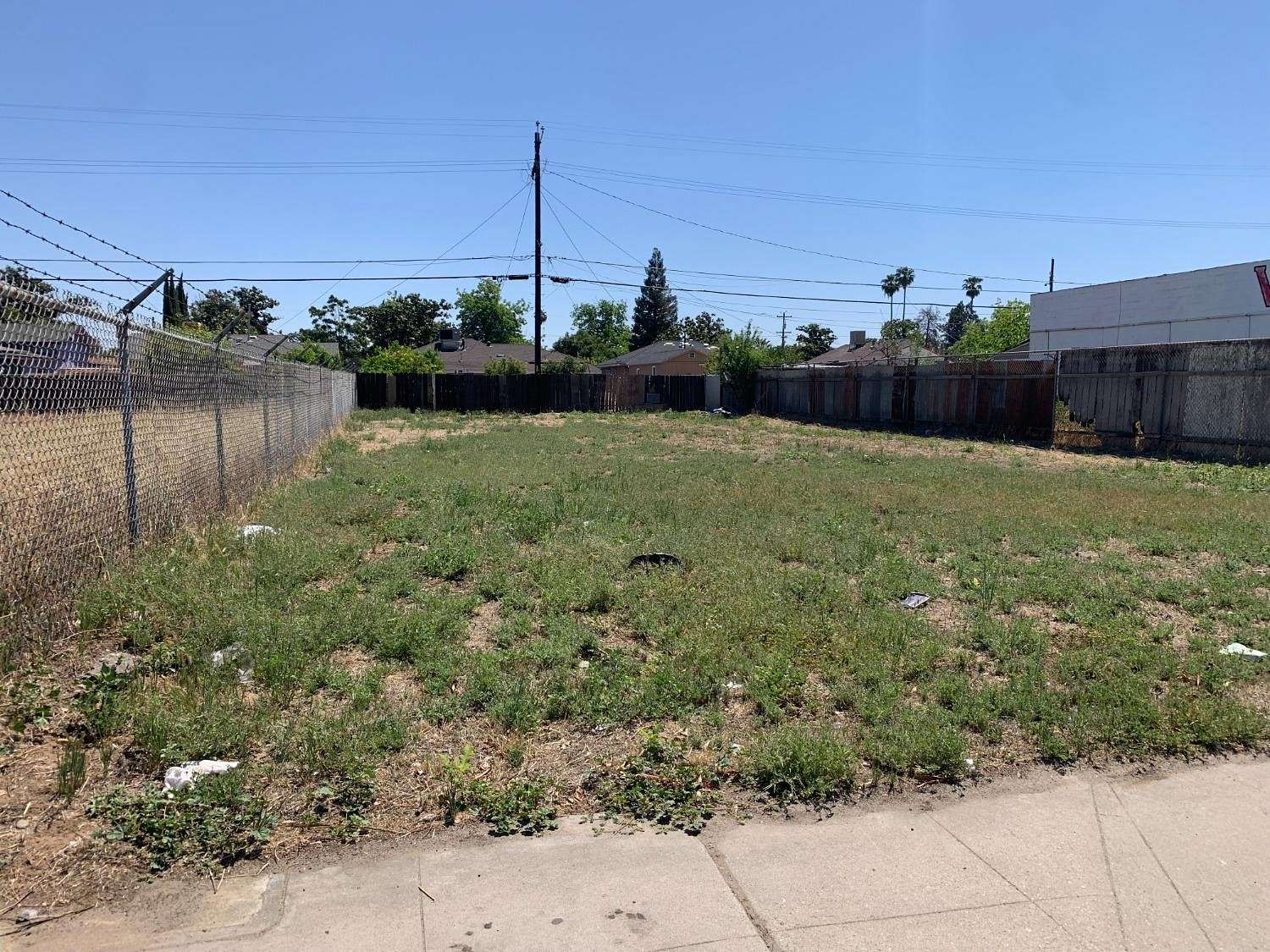
0.141 Acres of Commercial Land for Sale in Fresno, California LandSearch
View local noise levelsview property flood riskssearch by commute time
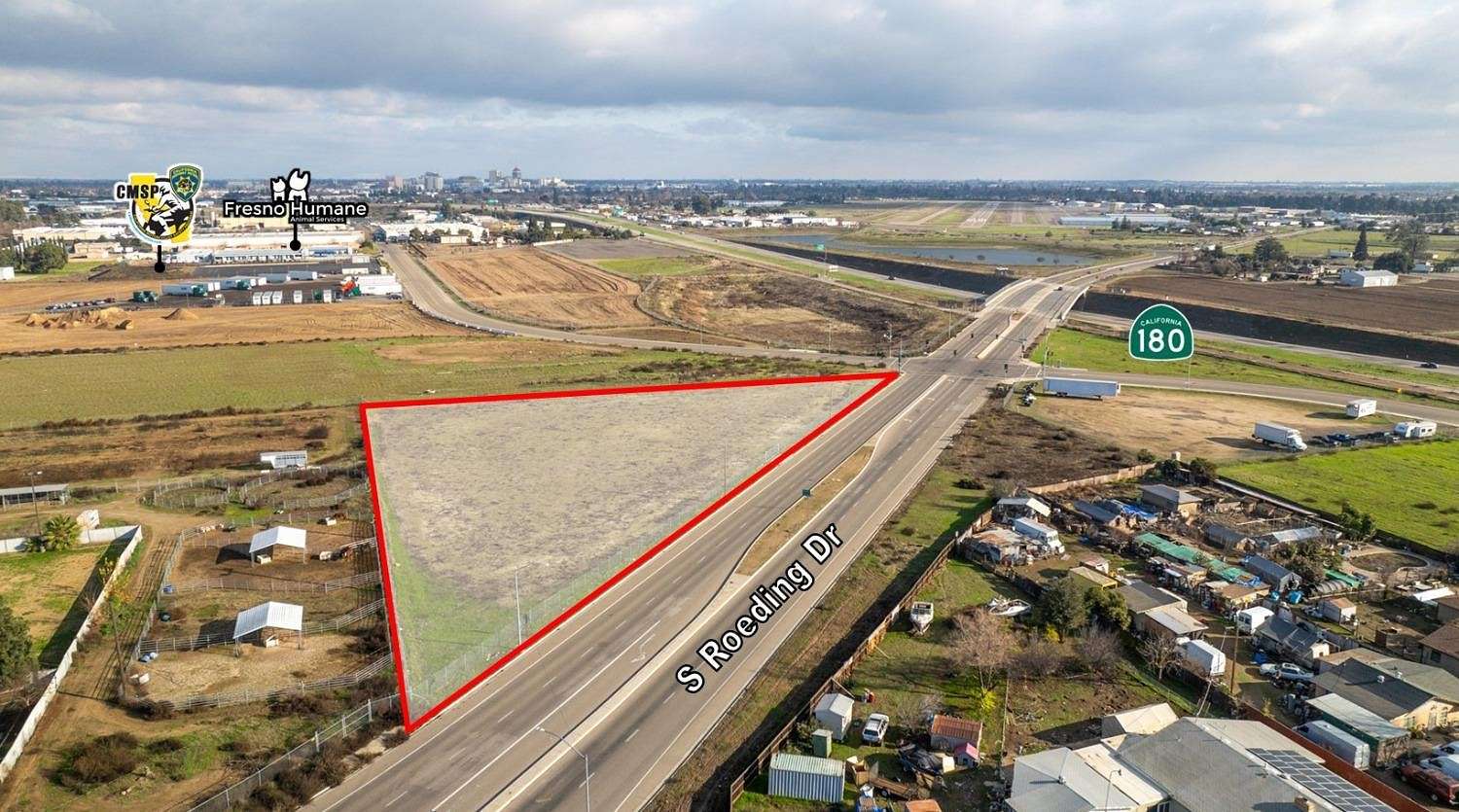
2.2 Acres of Commercial Land for Sale in Fresno, California LandSearch
View local noise levelsview property flood riskssearch by commute time
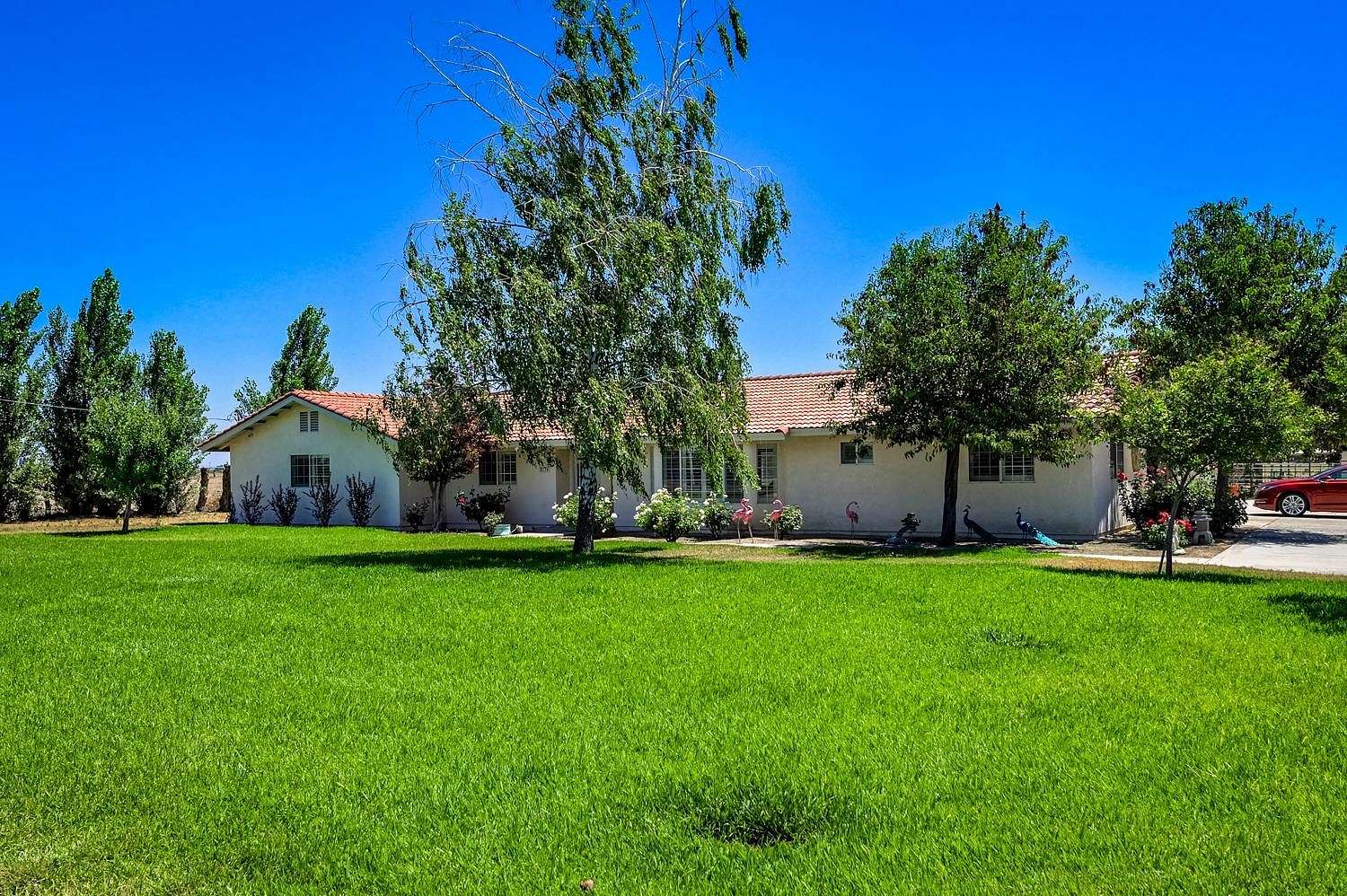
Fresno, CA Farm Land for Sale 36 Properties LandSearch
View local noise levelsview property flood riskssearch by commute time
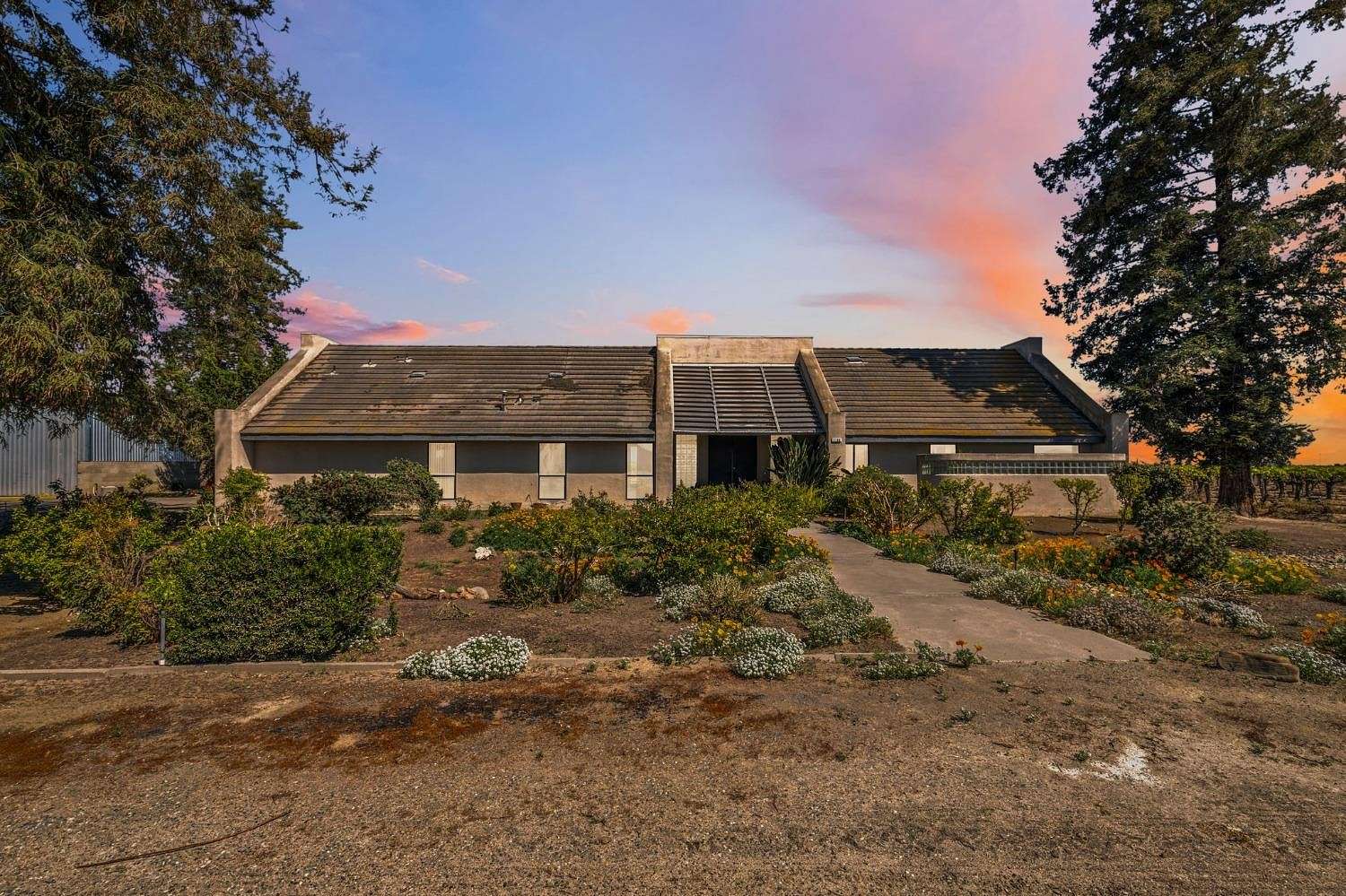
Fresno, CA Land for Sale 162 Properties LandSearch
View local noise levelsview property flood riskssearch by commute time

Fresno, Fresno County, CA Farms and Ranches for sale Property ID
View local noise levelsview property flood riskssearch by commute time

Land for Sale in Fresno County, California 284 Properties
View local noise levelsview property flood riskssearch by commute time
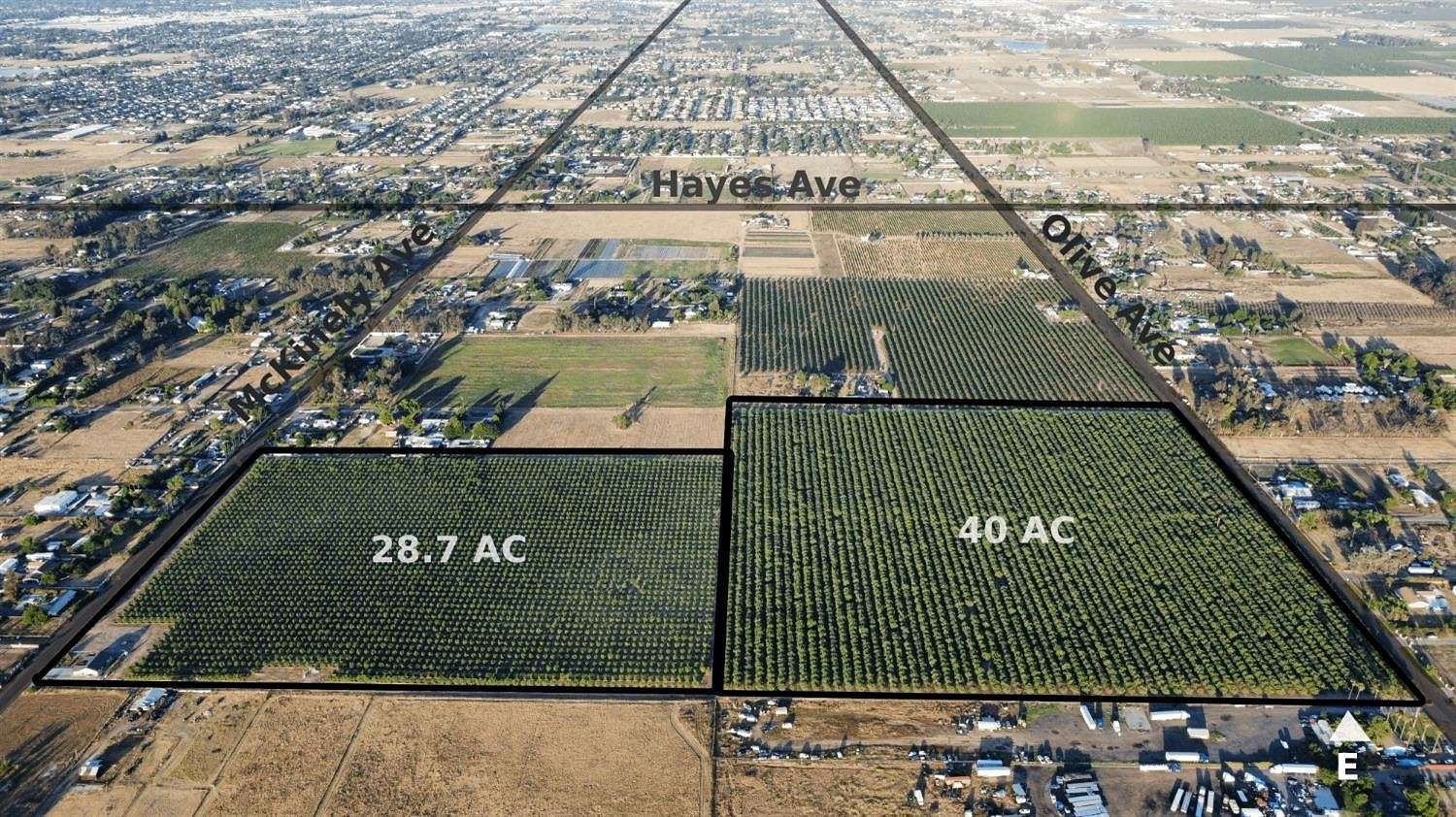
40 Acres of Agricultural Land for Sale in Fresno, California LandSearch
View local noise levelsview property flood riskssearch by commute time

Fresno, Fresno County, CA Farms and Ranches for sale Property ID
View local noise levelsview property flood riskssearch by commute time
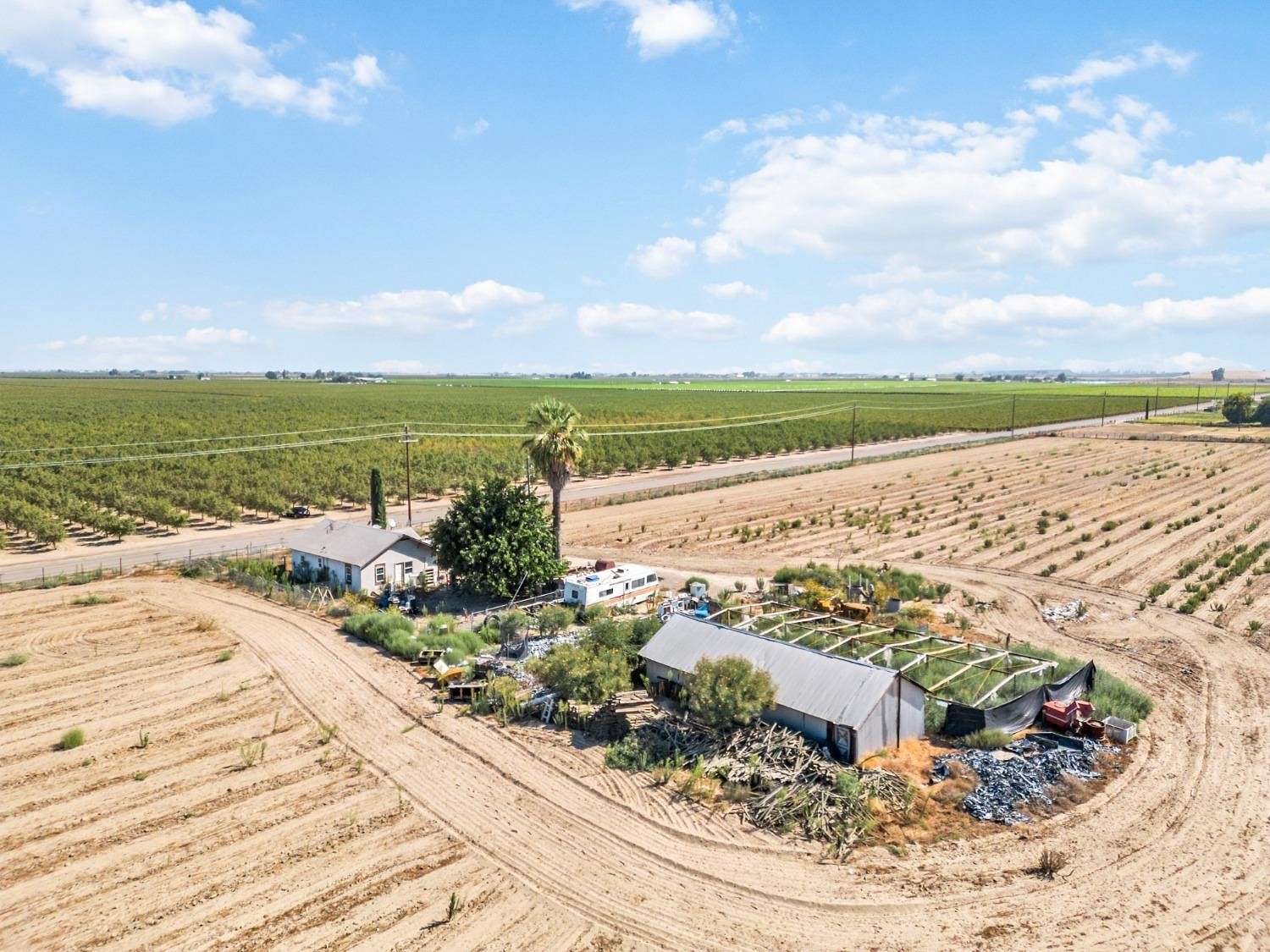
38.28 Acres of Agricultural Land for Sale in Fresno, California
View local noise levelsview property flood riskssearch by commute time

0.075 Acres of Residential Land for Sale in Fresno, California LandSearch
View local noise levelsview property flood riskssearch by commute time
For the buyer, acquiring such a piece may carry with it the honor of preserving a legacy, or the satisfaction of adding a unique, timeless item to their own collection. Another key benefit of second-hand goods is their positive impact on the environment. For the buyer, it can feel like a great opportunity, a chance to acquire something they’ve been searching for, or maybe just the satisfaction of knowing that a good deal is within reach. Websites like eBay, Craigslist, Facebook Marketplace, and Poshmark have made it easier than ever for individuals to sell their unwanted items and for buyers to find exactly what they are looking for. When an item is marked as “for sale,” it enters a space where value is defined not only by the object itself but by the context in which it’s placed. For those looking to sell, the online marketplace offers the chance to reach a larger audience, increasing the chances of finding the right buyer. Second-hand markets also promote the idea of a circular economy, an economic system that focuses on reducing waste and reusing products. Online platforms such as eBay, Craigslist, and Facebook Marketplace have made it easier than ever for individuals to sell their unwanted items to a global audience. For some, selling something may feel like a sacrifice, while for others, it may feel like an investment in their future. Even in a marketplace where everything is commodified, there is still room for those moments and experiences that transcend value. Overpricing an item can lead to it sitting unsold, while underpricing it can result in lost potential revenue. They remind us that, despite living in a world where everything is for sale, there are some things that remain priceless. Quality goods for sale are not just limited to luxury items or high-end brands. These platforms allow buyers to browse listings, access detailed business profiles, and initiate contact with sellers, all from the comfort of their own home. Many people find that buying second-hand furniture allows them to acquire high-quality pieces that are built to last, often with a level of craftsmanship that is hard to find in mass-produced furniture. On one hand, there’s the potential for an established client base, proven systems, and a recognizably brand name. The second-hand market is not just about saving money; it’s about embracing a more sustainable, mindful way of consuming that values reuse, repurposing, and the stories behind the items we choose to keep. This desire for items with character and a story behind them has contributed to the growing appeal of second-hand goods. Millennials and Gen Z, in particular, have embraced the idea of second-hand shopping as a way to challenge consumerism, reduce waste, and express their individuality. Online platforms like Etsy, for example, have given artisans a global audience for their high-quality handmade goods.
One of the major environmental concerns with new products is the waste that they often generate at the end of their life cycle. In some cases, selling second-hand items can be a way to make a significant profit, especially if the items are rare, vintage, or in high demand. Whether it’s the affordability, the environmental impact, or the opportunity to find unique items, second-hand goods provide an alternative to traditional retail shopping that is both practical and sustainable. One common concern is the risk of purchasing items that are damaged or not as described. When an item is marked as “for sale,” it enters a space where value is defined not only by the object itself but by the context in which it’s placed. For instance, when someone is job hunting, it can feel like they’re placing themselves on the market, waiting for the right offer. Yet, at the same time, there’s the promise of new beginnings for both the seller and the buyer. The same logic applies to tools, kitchen appliances, furniture, and even technology. The growing appeal of second-hand goods is also tied to a growing awareness of environmental issues. Everything for sale. The world may increasingly operate under the assumption that everything is for sale, but the human spirit, with its capacity for love, creativity, and compassion, refuses to be bought. Success after the acquisition depends on a variety of factors, such as effective leadership, market conditions, and the buyer’s ability to make improvements and capitalize on growth opportunities. They can assist in determining the right price for the business, marketing it to potential buyers, and managing the negotiation process. Manufacturing new items requires energy, raw materials, and natural resources, all of which contribute to environmental degradation. People are not just looking for things that work well; they want products that elevate their environment and their experiences. A new smartphone, for example, can cost hundreds of dollars, but buying a used one can cut the price down by more than half. Overpricing an item can lead to it sitting unsold, while underpricing it can result in lost potential revenue. Both the buyer and the seller are seeking the best possible terms, and finding common ground can be a challenge. Many high-quality products come with a rich history, whether it’s the legacy of a renowned brand or the personal touch of a local maker. On one hand, there’s the potential for an established client base, proven systems, and a recognizably brand name.